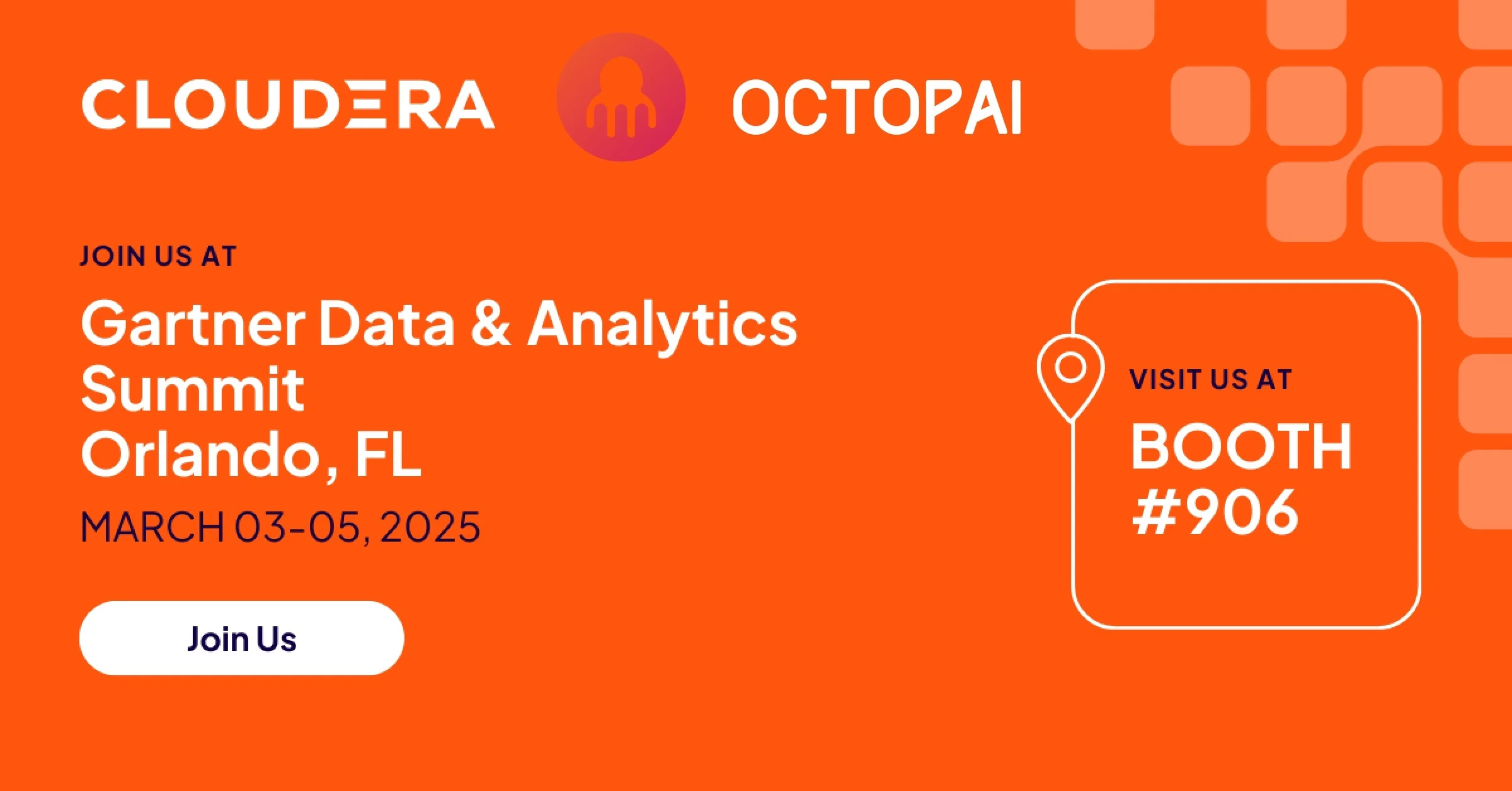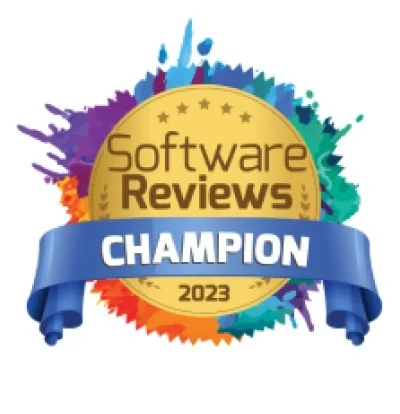As you may have heard, the existing London Interbank Offered Rate (LIBOR) will be retired on January 1st, 2022. LIBOR is the daily average rate at which banks borrow money from each other. Naturally, this will produce a massive growth in data management needs. Particularly in financial services, each company’s data team will have significant work to do to keep up with these developments and this is on top of the regulatory challenges that they already face on a daily basis. The LIBOR transition is, first and foremost, a data challenge – and it’s one with a concrete deadline that companies can’t afford to miss.
What is the LIBOR Transition and What Does It Mean for Financial Institutions?
LIBOR is the commonly accepted benchmark for short-term interest rates across corporate loans, credit cards, government bonds, student loans, and mortgages. As such, the impact of the LIBOR transition means that institutions will need to create a new, individual benchmark rate for their financial products.
Also, consider that LIBOR is used to derive term rates for financial contracts. Essentially this means that the transition will change the way those in the financial industry value contracts across assets. And given that the value of financial contracts tied to LIBOR is over $300 trillion, the industry has plenty of work to be done in the coming year.
In fact, the LIBOR transition program marks one of the largest data transformation obstacles ever seen in financial services. Building an inventory of what will be affected is a huge undertaking across all of the data, reports, and structures that must be accounted for. There are three primary challenges when it comes to building this inventory:
- Identifying LIBOR-related data across the entire BI landscape (ETL, DWH, Reporting)
- Tracing the lineage of this data across systems;
- Guaranteeing the accuracy of potentially affected data and its completeness.
Data lineage is crucial to every data user, but even more so in the Financial industry
Find out why in our latest webinar, "The Essential Guide to Data Lineage in 2021"
Watch It Now
This is a long-term process that should already be underway for many companies. Like any data project, it boils down to the details. Where can the LIBOR-related data be found in each business system, and is there a centralized data lineage through-line that will be impacted by this shift? If companies lack these components, they’ll need to establish this lineage to account for the upcoming standards that will replace LIBOR.
The problem is that many companies are unequipped to do so with their current enterprise metadata management systems. Fortunately, companies can find relief through newer tools that introduce automation into the equation.
Automated Data Lineage for Your LIBOR Project
Automated metadata management tools like data lineage and data discovery are the most effective way to manage your LIBOR transition project, timeline, and compliance.
Automated data lineage tools allow users to view the entire journey of their data across all BI systems. By collecting all sources and data streams into a single platform, these tools generate viewable lifecycles for each data point. With this information in hand, you can easily extract valuable insights informed by the data’s flow, history, and any obstacles it encountered.
This is particularly valuable for LIBOR projects. Currently, many firms are using data management processes that calculate LIBOR interest rate curves – but these processes exist in multiple places across various servers. This makes data discovery an impossible task; there’s no centralized system to work from.
An automated metadata management solution like Octopai extracts metadata from multiple systems across the BI landscape and centralizes them into a single platform. This enables cross-system lineage and data discovery, making preparing for the LIBOR transition much easier. Octopai’s automated data lineage and discovery help companies automatically locate LIBOR-related fields and conduct impact analysis on any changes that need to be made within the entire BI ecosystem.
Aside from the ability to locate LIBOR-related data and create traceable lineages of this data across systems, this type of automation reduces the risk of inaccuracies and errors during migration. This means that all information will be transitioned smoothly and accurately.
A New Approach to Enterprise Business Intelligence
Although overwhelming, the LIBOR transition provides financial institutions with an opportunity to become more proactive with their enterprise data management. We all know that the changes are coming and that each transition program will need to be backed by a data governance structure and strong audit trails. It stands to reason that companies can leverage this transition to invest in new solutions that lay the groundwork for better data management.
Bottom line, Octopai’s automated data lineage and discovery can save your organization a great deal of time and simplify your upcoming LIBOR transition project.








